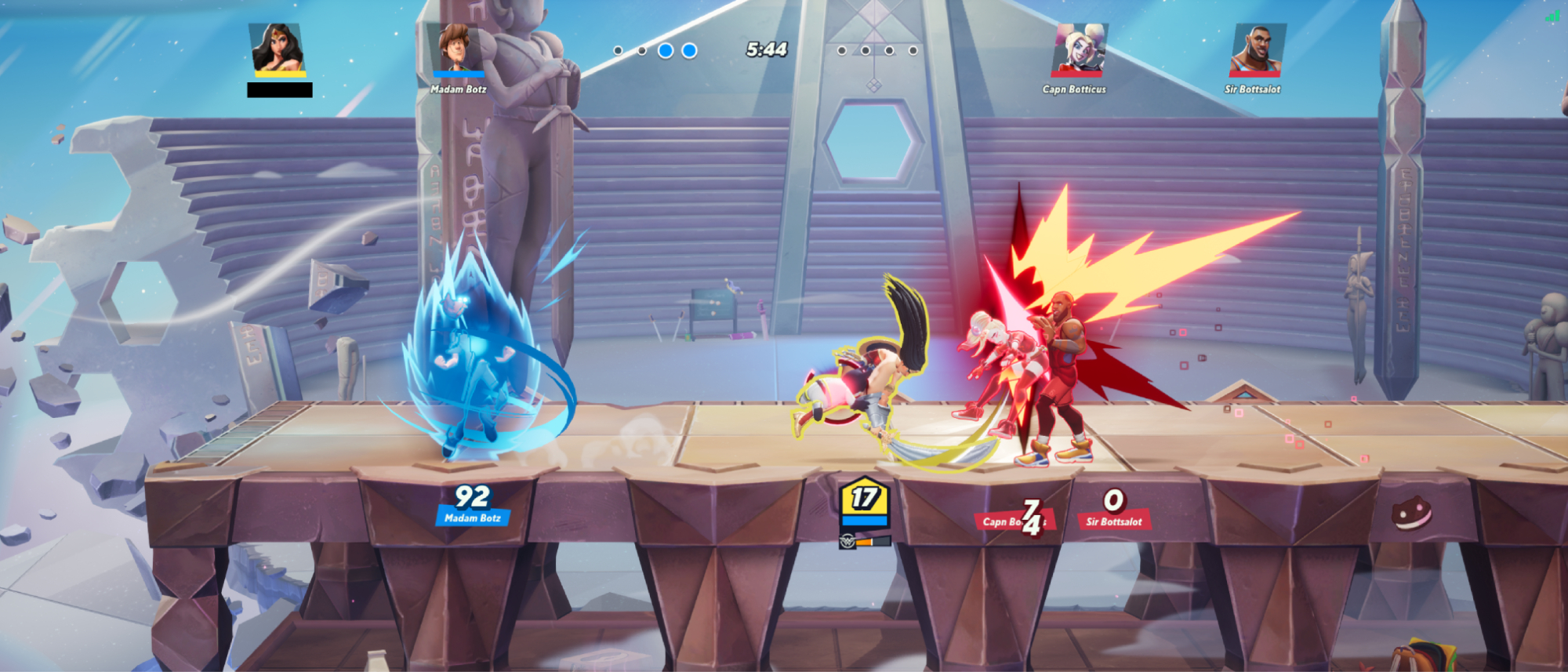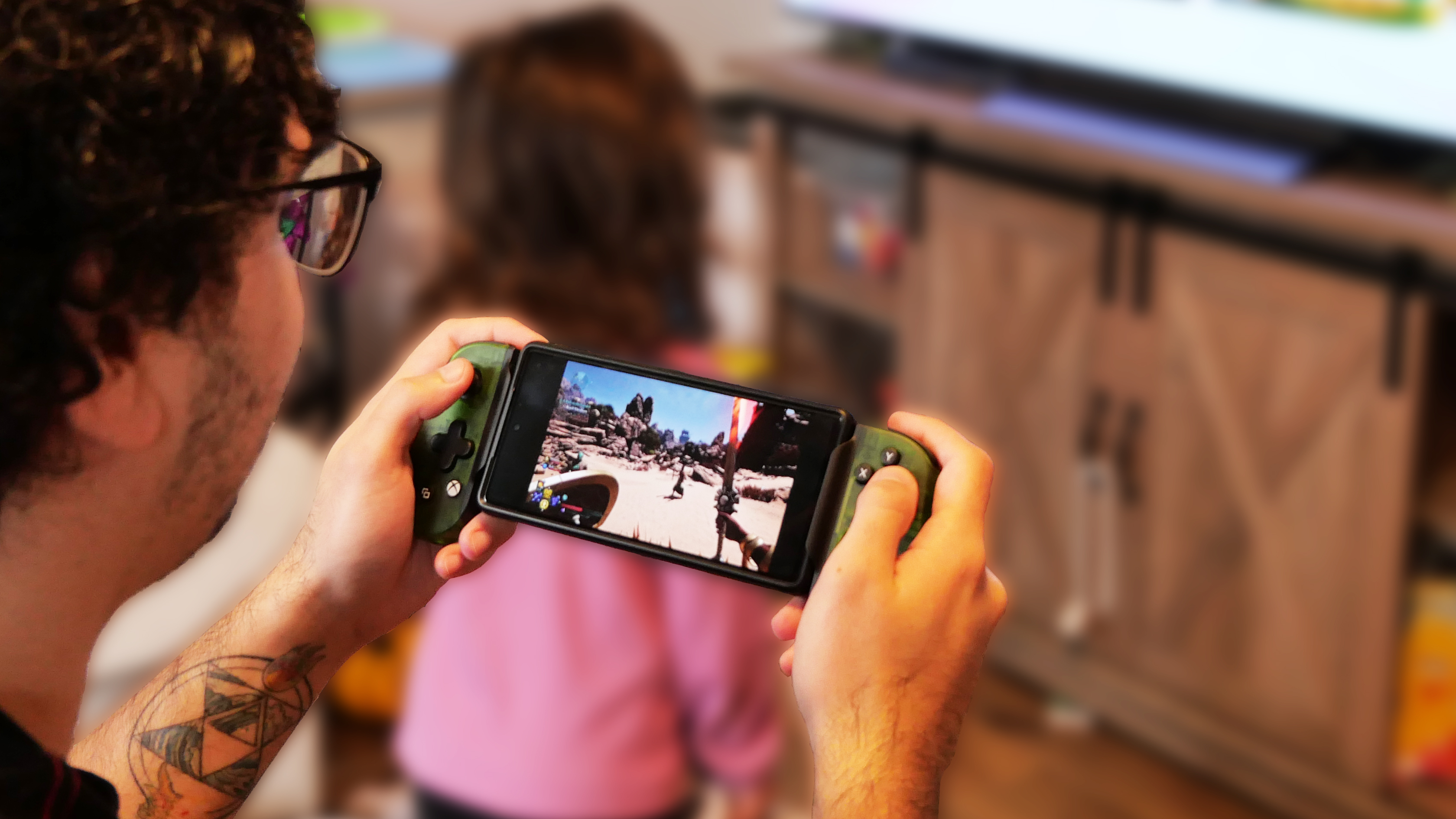Laptop Mag Verdict
MultiVersus’ beloved characters are brought to life by charismatic presentation and unique team-focused gameplay, but latency issues and an underwhelming battle pass holds it back.
Pros
- +
Ingenious 2v2 foundation
- +
Great roster
- +
Brawling is a blast
- +
Completely cross platform
- +
Charming presentation
Cons
- -
Rankings seem questionable
- -
Poorly designed battle pass
- -
Roster needs gender variation
- -
Frequent latency issues
- -
Rewardless custom games
Why you can trust Laptop Mag
MultiVersus is a free-to-play brawler mashing together Warner Bros’ cartoons, movies, TV shows, and comic books. Whether you’re a fan of Looney Tunes, Game of Thrones, DC Comics, Steven Universe, Adventure Time, Scooby Doo, Tom & Jerry, The Iron Giant, and mostly recently, LeBron James, there’s so much to love in this ridiculous cluster of beloved characters.
There’s no denying that MultiVersus has opened with an awesome roster, but the most important question is whether or not the game is fun. And although it’s far from perfect, the greatest compliment I can give MultiVersus is that it is more than capable of filling in the shoes of Super Smash Bros. This is the most excited I’ve been for the future of a brawler in a long time, and it is easily the best Smash-inspired game I’ve played.
The legacy of Smash
Super Smash Bros. has been a fighting game phenomenon since its launch on the Nintendo 64 in 1999. Bringing established characters together to beat the absolute crap out of each other was shocking at first, but it turned into one of the most exciting events in the industry.
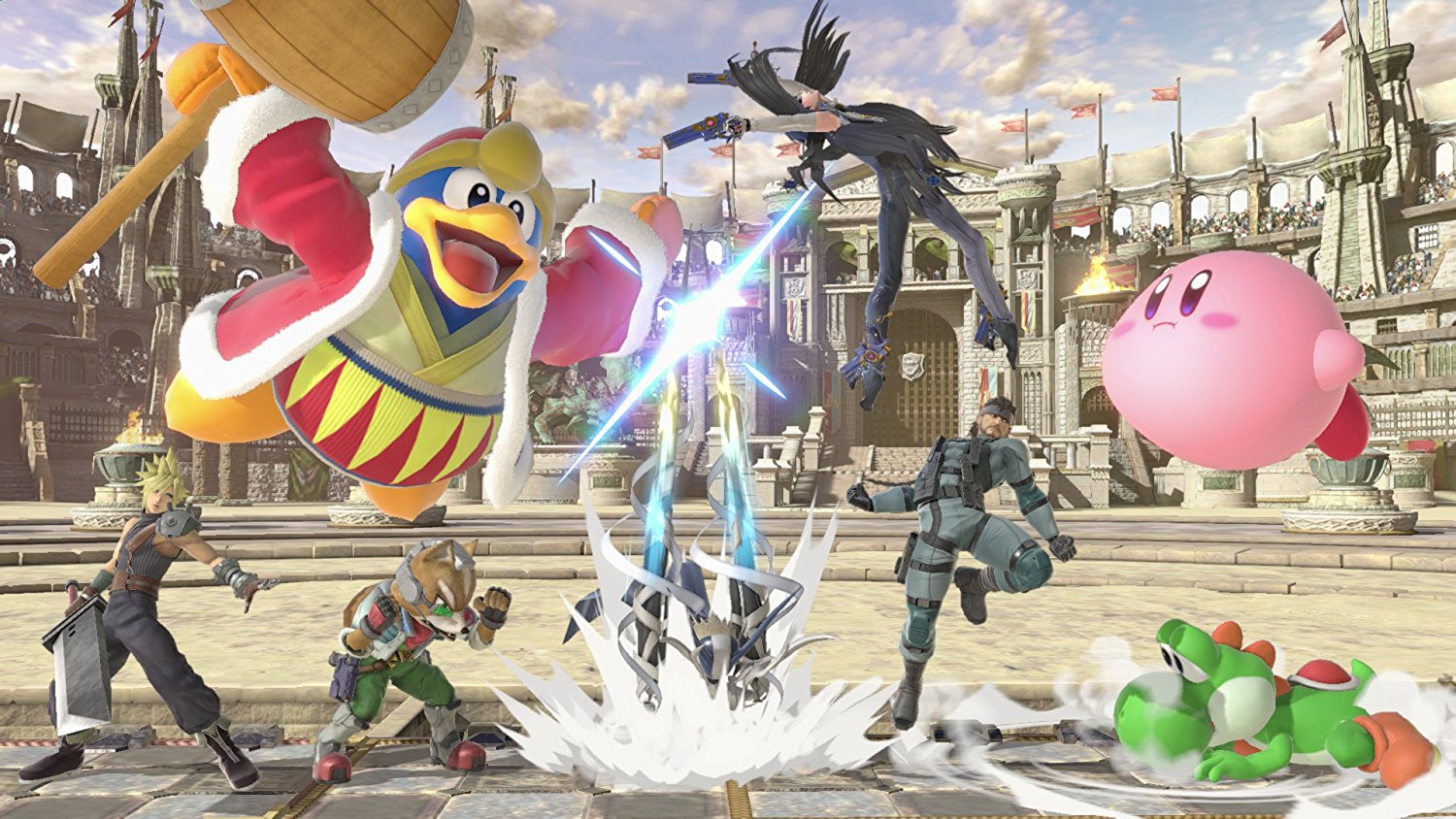
Seeing a diverse cast of your favorite characters get representation is an exhilarating feeling. Players adore diving into their movesets and animations to see how accurately they’ve been portrayed. This also becomes a part of their identity, as it feels great when you’re associated with the character you love. There is nothing more you could ask for than having your favorite added to the roster.
But seeing characters you love get represented isn’t something that should be limited to Nintendo properties. So why hasn’t anything else gotten as big yet? Plenty of games have attempted to grasp onto this trend, but unfortunately, they never really stick. PlayStation All Stars Battle Royale was decent, but it didn’t take long for the game to stop being updated and for its development studio SuperBot Entertainment to become defunct. Even more recently, Nickelodeon All Stars Brawl launched and completely missed its shot.
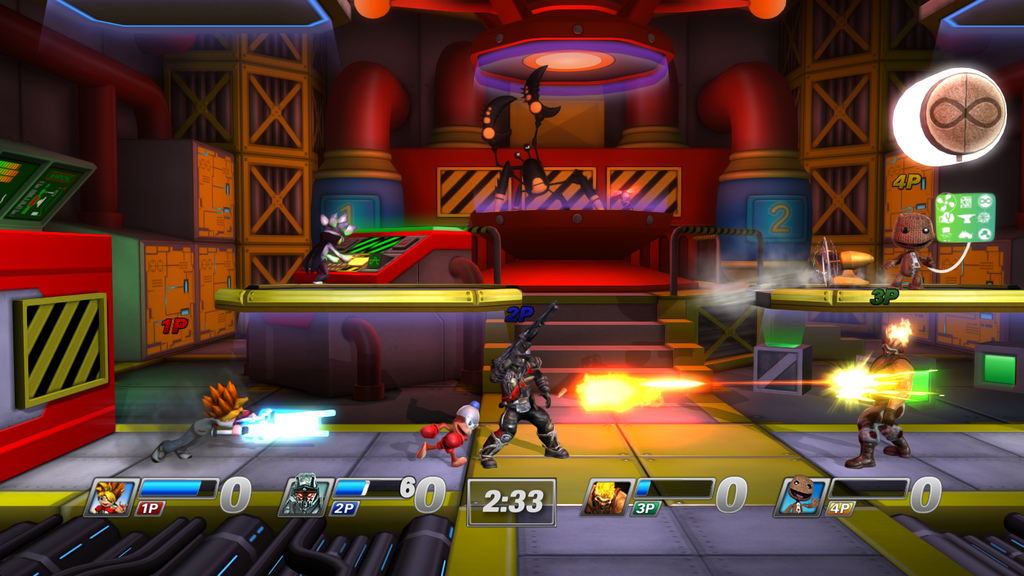
It’s disappointing because these weren’t just games that failed: They included important parts of us. Seeing my favorite Sony characters like Sackboy, Ratchet & Clank, Kat, Nathan Drake, and more in a brawler was mesmerizing. I vividly recall shopping at GameStop when an employee asked me if I was interested in pre-ordering PlayStation All-Stars. When I asked for the synopsis, she said “it’s like Smash, but PlayStation.” That’s all I needed to know before buying — I loved those characters and their respective properties. Playing them was an absolute treat, and I lament that it might never come back.
Nickelodeon All Stars Brawl brought back that excitement, as I’m in love with the Avatar franchise. Korra and Toph are some of my favorites, and the promise of being able to kick butt with them in a fighting game sparked tons of excitement in me. Unfortunately, the game just wasn’t fun. PlayStation All-Stars, at the very least, was fun to play and I got quite addicted, but it wasn’t successful enough to stick. These games have failed to find the same level of relevance that Smash has.
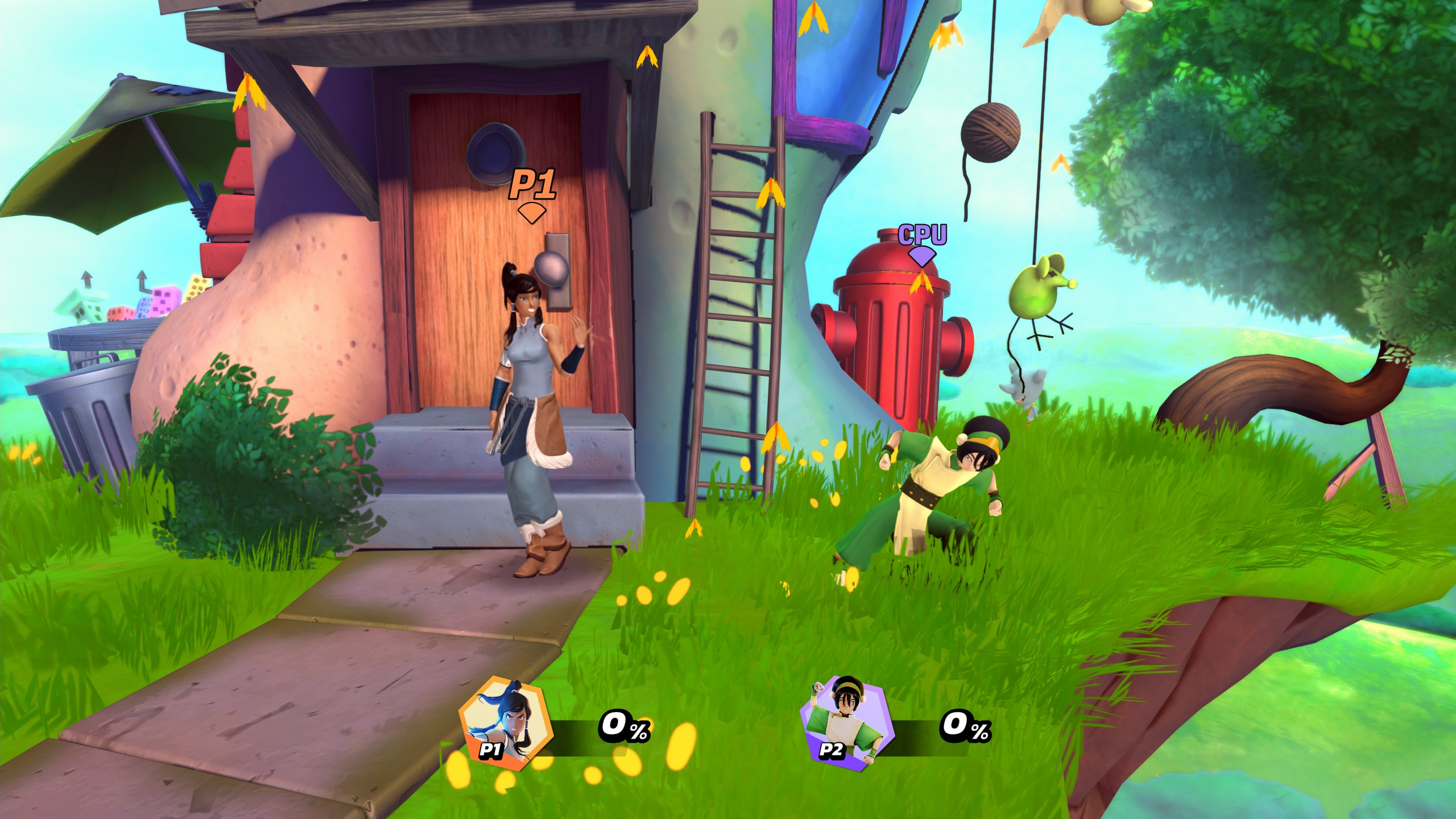
We’ve seen five generations of Smash in the last 23 years, and each iteration has expanded the roster further. Smash has accumulated a total of 89 characters throughout the last two decades, all of which are playable in Ultimate. Sora’s addition last year signaled the end of Ultimate’s roster changes, and the series seems to be coming to a soft close. Another Smash game will come at some point, but it probably won’t be for a while.
In comes MultiVersus trying to fill those shoes, and from my time with the game, it’s hard not to get giddy at the thought of what Player First Games could accomplish. There’s plenty of issues here, but MultiVersus has the potential to thrive as the next big thing after Super Smash Bros.
A diverse foundation
MultiVersus stands out from its competitors due to its focus on team-based play. Rather than building every brawler to fight well on their own, some characters are meant to support another. As a result, the primary focus of the game’s matchmaking is 2v2 play. You need to work with another to win, creating a sense of comradery that other brawlers never offered.

Knowing that my abilities exist to support someone else adds a fulfilling layer to the mechanics other than “the only thing I need to worry about is how to kill or hurt the enemy.” Now, I can protect, heal, or save my friends in unique ways. Even when attacks can hurt the enemy team, you have to rely on your partner having a solid understanding of how your moves work.
Steven Universe has a special that wraps a bomb shield around a friendly player. When he does so, it’s up to the other player to get as close to an enemy (or both, if possible) and blow them up. This ability also applies a debuff to foes called Rose’s Gaze, which will trap them in a bubble for a short period if they’re hit ten times after being blown up, and when that happens, your team has a short window to beat down on the other player while that one is immobilized.
These abilities can be confusing to those that don't know the purpose. At first, they might beat on the person in the bubble, not realizing they’re meant to focus on the other player during this time. They also don’t look out for my bomb shield, but once they begin to understand how my offensive support abilities work, things get a lot easier to strategize around. It’s important for a player to not only understand their own strategy, but to get a good sense of what their teammate is up to.
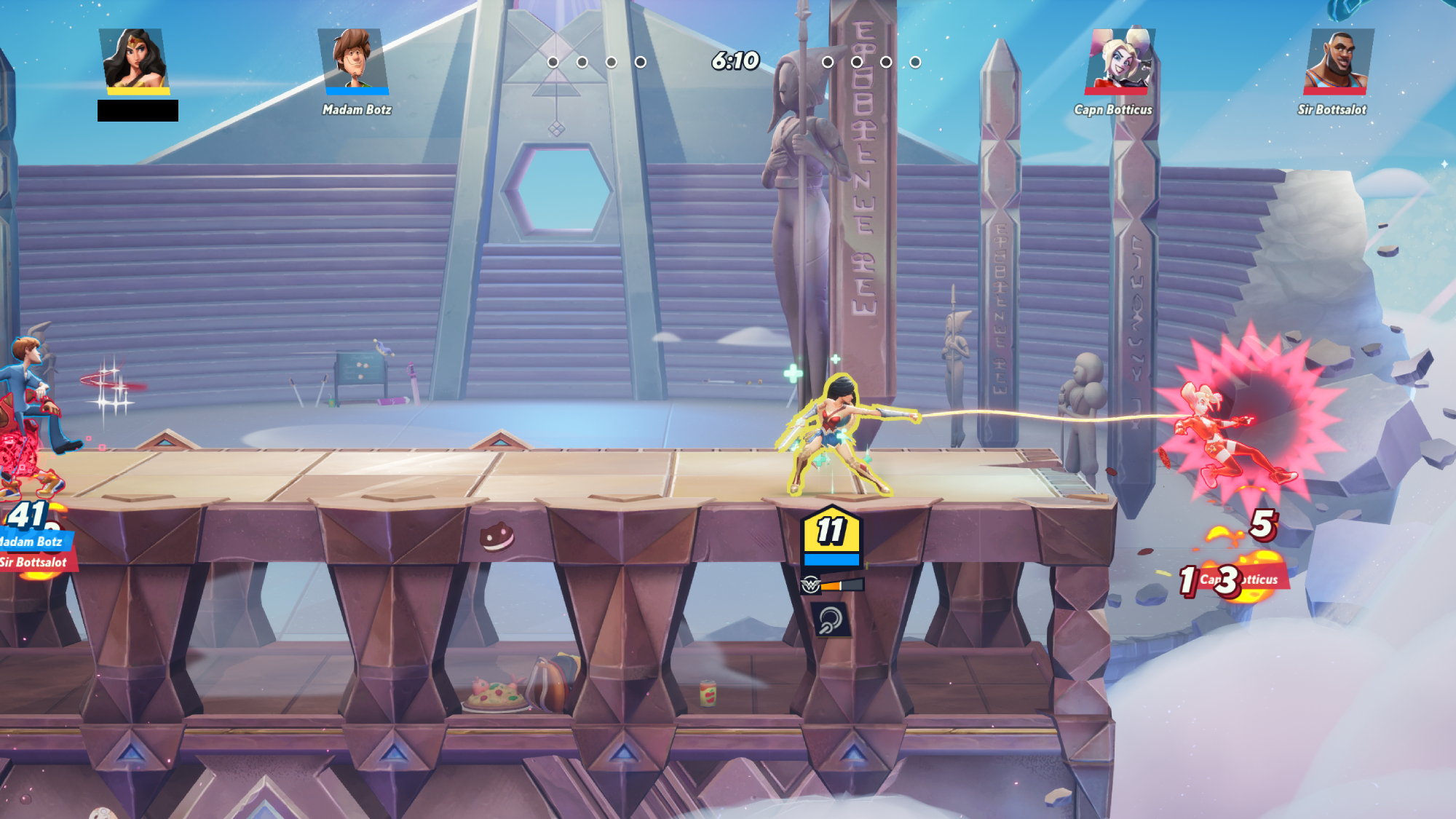
Wonder Woman is more defensive, allowing her to prop up a shield that deflects projectiles. She can also use her Lasso of Truth to yoink a friendly target towards her if they’re being senselessly beaten by the enemies. Her down special causes her to dash to her teammate and place a defensive shield around them. She is classified as a “tank” in-game, and many of her abilities protect the team in rough spots.
Garnet, on the other hand, is a brawler focused on destroying her enemies, but by using neutral special and dancing for a short while, she can apply a speed buff to her teammates. If she dances for a little longer, she and her partner can break through shields with their attacks for a short time.
Balancing these abilities with the attacks you’d find in another brawler is what adds a new layer to MultiVersus. It wouldn’t have been difficult to turn this into Smash-clone, but Player First Games did a great job adding an intuitive, fresh layer through the game’s team-based mechanics. It’s fulfilling to know that success can not only mean kicking ass but perfectly supporting your teammate; I can’t name any fighting games that let you take on the support role in this way.
An exciting future roster
MultiVersus’ roster is awesome. Whereas Smash is a culmination of every Nintendo property (and then some), this game is more focused on cartoons and television owned by Warner Bros. and AT&T. So far, we’ve seen characters based on Game of Thrones, Looney Tunes, Adventure Time, Steven Universe, The Iron Giant, DC Comics, Tom & Jerry, Rick & Morty, Lebron James, and Scooby Doo. There’s also an original character called Reindog, who is admittedly quite cute.
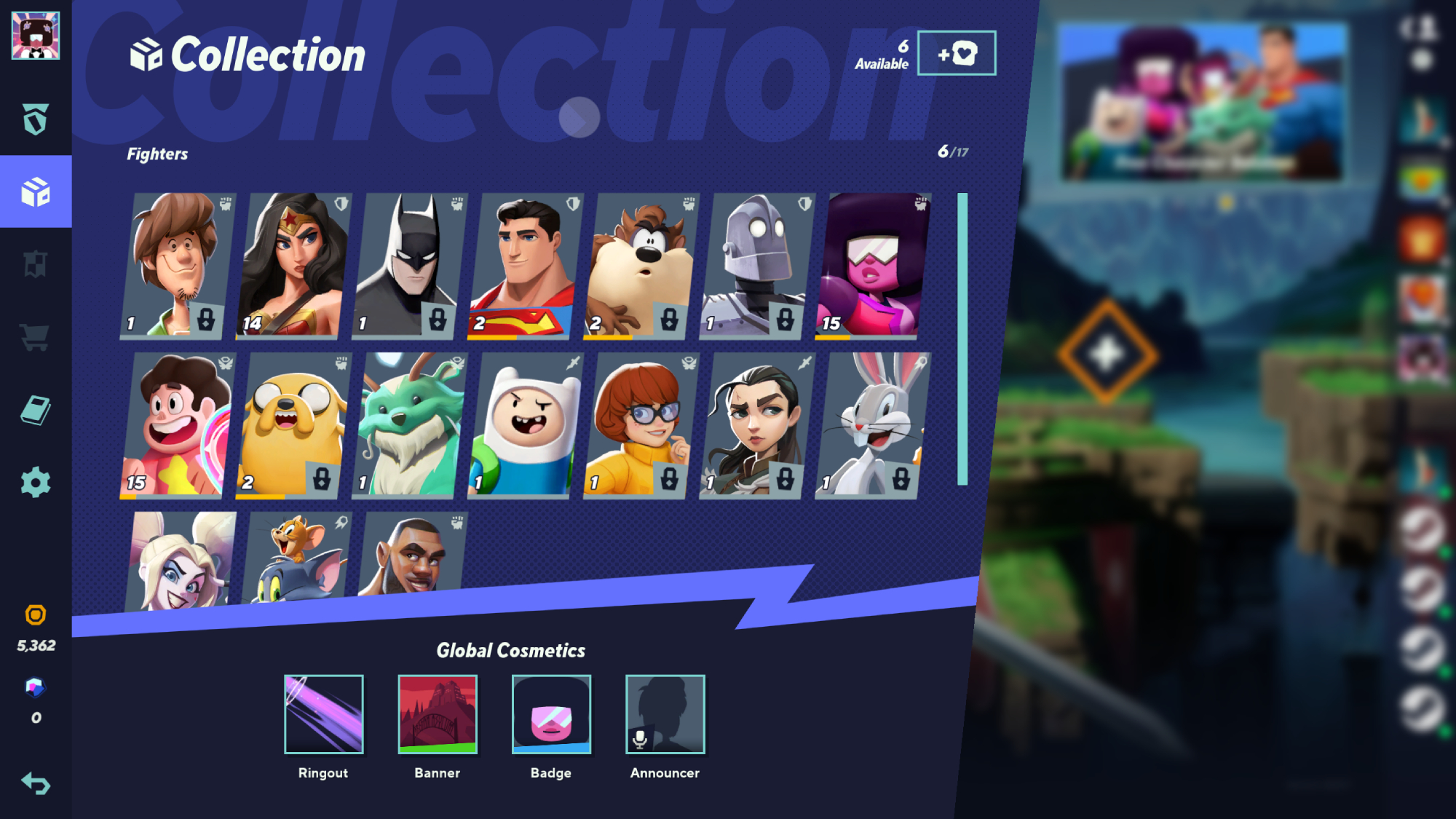
The excitement of this roster is emboldened by the visual style, great inter-character voice acting, and musical callbacks. There’s a palpable dedication to representing the quirks of every character, and it’s especially effective for the cartoon fighters. Finn from Adventure Time has some of my favorite animations, as the idle scratching of his head and that derpy expression prior to a battle starting is absolutely adorable.
I also love hearing the characters interact. It’s especially amusing with someone like Arya, who is actually voiced by Game of Thrones actor Maisie Williams. It’s hilarious to hear her comment on the impending doom that Shaggy is about to face by her blade. Plenty of other characters share similar dialogue moments, like Steven Universe being perplexed by Batman, Shaggy talking to Jake about how a dog is also his best friend, and far more.
Once Rick and Morty come out, MultiVersus will feature a total of 19 characters. I’m certainly impressed with this initial roster, but the game’s live service elements offer the promise of many more additions. Similar to how Smash had hype-trailers leading up to every new reveal, I can’t wait for all the fan theories to circulate the internet as we clamor for new details on character additions.

One of my concerns with the roster relates to gender balance, as there are far more men in MultiVersus than there are women. Including the recently announced Rick and Morty, there are currently 14 male characters and 5 female characters. This is already quite dire, but there has been a leaked character list that’s 90% full of men. We won’t give too much credence to this yet, since they’re still just rumors, but we’re hoping it turns out to be untrue.
While I understand that many Warner Bros. properties feature male protagonists, it wouldn’t be a stretch to pick a female side-character and give them representation. For example, picking Arya from Game of Thrones rather than Jon Snow was a great decision. Personally, I’m hoping we see the inclusion of Hermione from Harry Potter, Marceline from Adventure Time, and Lapis Lazuli from Steven Universe.
Matchmaking troubles
My first day playing MultiVersus was mostly with Garnet. I bought her as soon as I could, as she’s my favorite character available on the roster. I kicked an absolute boatload of butt with her and quickly became a top 500 Garnet in the world. By the second day of early access, I was one of the top 10,000 players in the world overall.
This felt like a mistake to me, though. There’s no way I’m actually that good, and that began to show when I moved over to playing Steven Universe and Wonder Woman. Because my Garnet was so successful in the first couple of days, the matchmaking kept putting me up against people that it presumed would be as good as me. But in reality, I was absolutely demolished by better players.
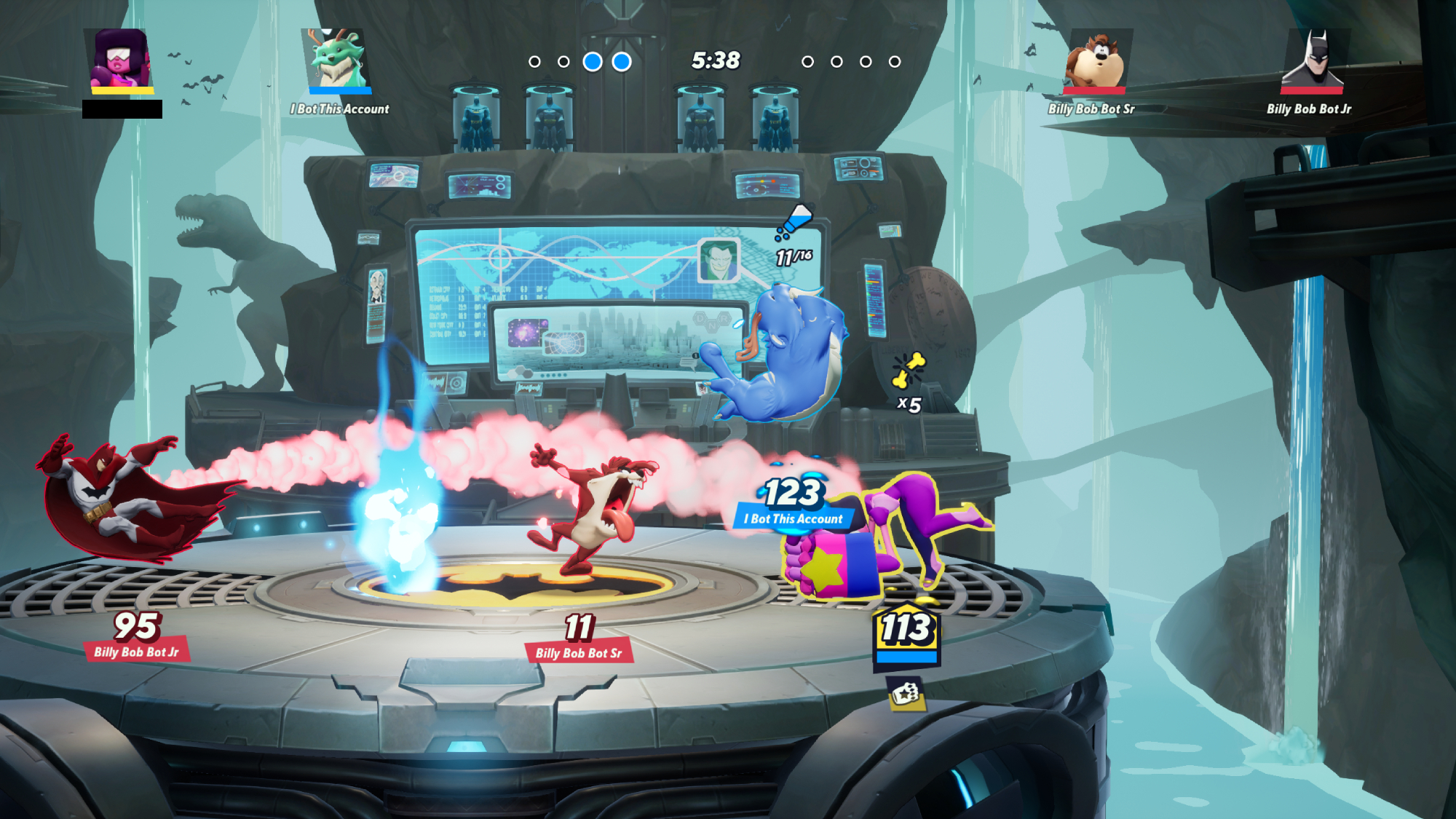
This is quite frustrating; whenever I want to try a new character out, I know it’s just going to put me up against players far better at the game than I am. When I first started Wonder Woman, it quickly ranked me at top 10,000 with her solely because of my general performance prior. After playing 20-or-so matches and losing about 16 of them, it finally bumped me down to rank 100,000, which seemed far closer to my accurate performance.
It’s a tough issue to solve. On one hand, it makes sense that the game assumes I’d be good with any character if I got such a high ranking with Garnet. But on the other hand, it’s discouraging me from playing new characters out of the fear that I’ll get pummeled without a chance to properly fight back.
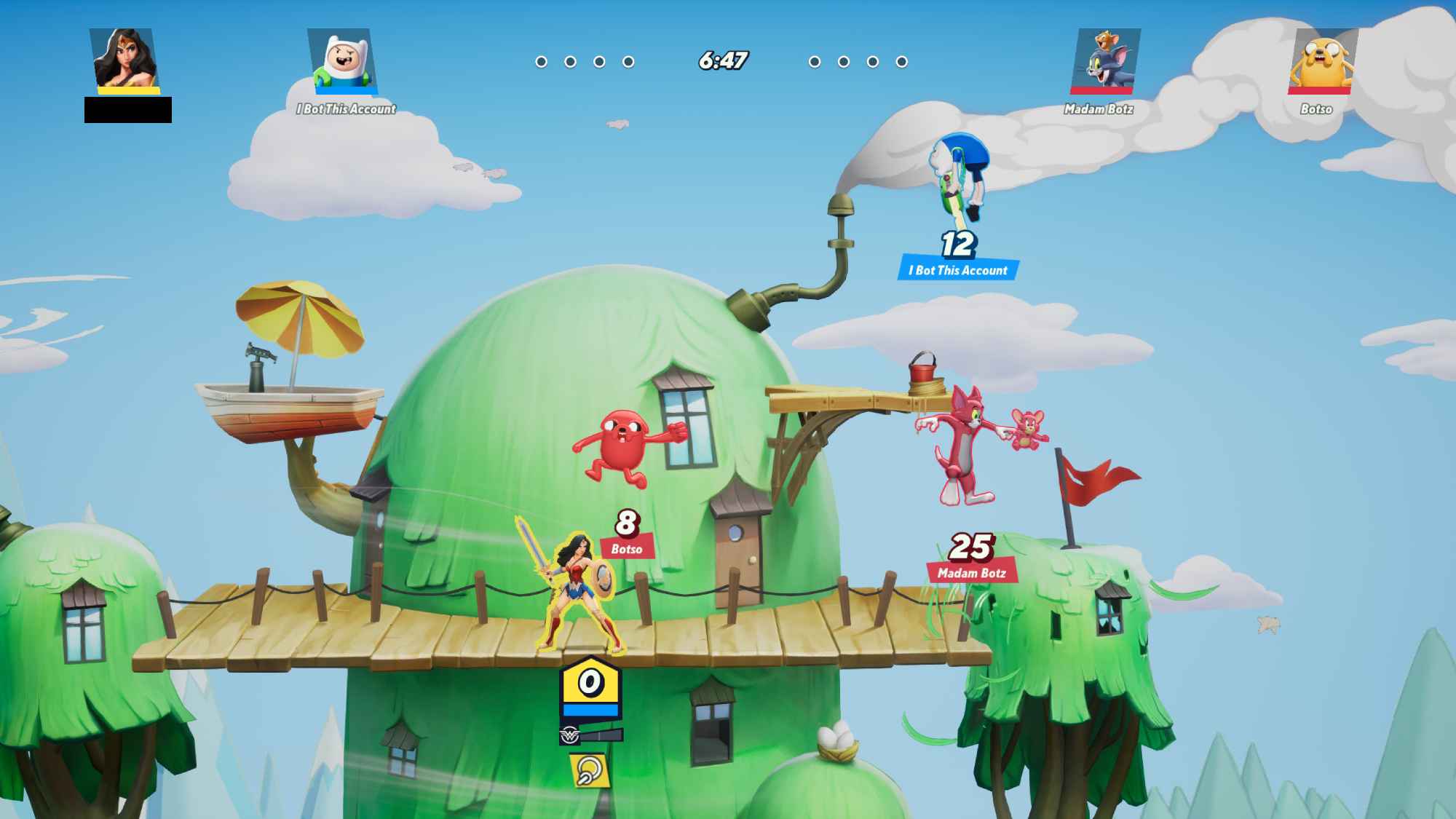
On the other hand, it's possible that MultiVersus' matchmaking is entirely random. If it isn't skill-based, then that poses a different problem. This means that anyone has a chance to get matched against the best player in the world. It also implies that rankings don't matter much; if winning against someone who's new increases your rank, even though you're great at the game, then that would be a little weird. However, I don't know exactly how the system works in MultiVersus, so this is all just speculation.
I've also noticed latency issues with MultiVersus. A good chunk of the matchmade games I play are stuck at around two bars, and I often find that there is a slight delay or lag when attacking enemies. Sometimes I'll see myself do one thing, but it'll lag for a moment before that thing is undone. These issues have been prevalent ever since the start of open beta and even now, many weeks into launch.
The power of cross-platform
The value of cross-play and cross-progression cannot be understated. Regardless if you’re on PS4, PS5, Xbox Series X|S, Xbox One, Epic Games or Steam, all you need is a Warner Bros. account.
I spend a lot of my time on MultiVersus with friends who are playing on PlayStation (I’m on PC), so without a feature like this, I wouldn’t have anywhere near as much fun. Enjoying games with friends is necessary for a free-to-play title like MultiVersus, so the team absolutely deserves applause for fulfilling that.
Hollow custom games
Creating custom matches to play against friends is an important aspect of any fighting game. Matchmaking will always have its place, but there is value in friendly spouts. However, not much thought was put into that aspect of MultiVersus.
Free-for-all battles can only be done with a full four-person party, which means if you’re one person short, you have no choice but to include a bot. There’s not even a classic stock system available, and although items are there, you can’t select which ones spawn. Further customization isn’t present either. For example, I’m not a fan of how the arena gets smaller as time goes on during free-for-all battles, yet that cannot be changed.
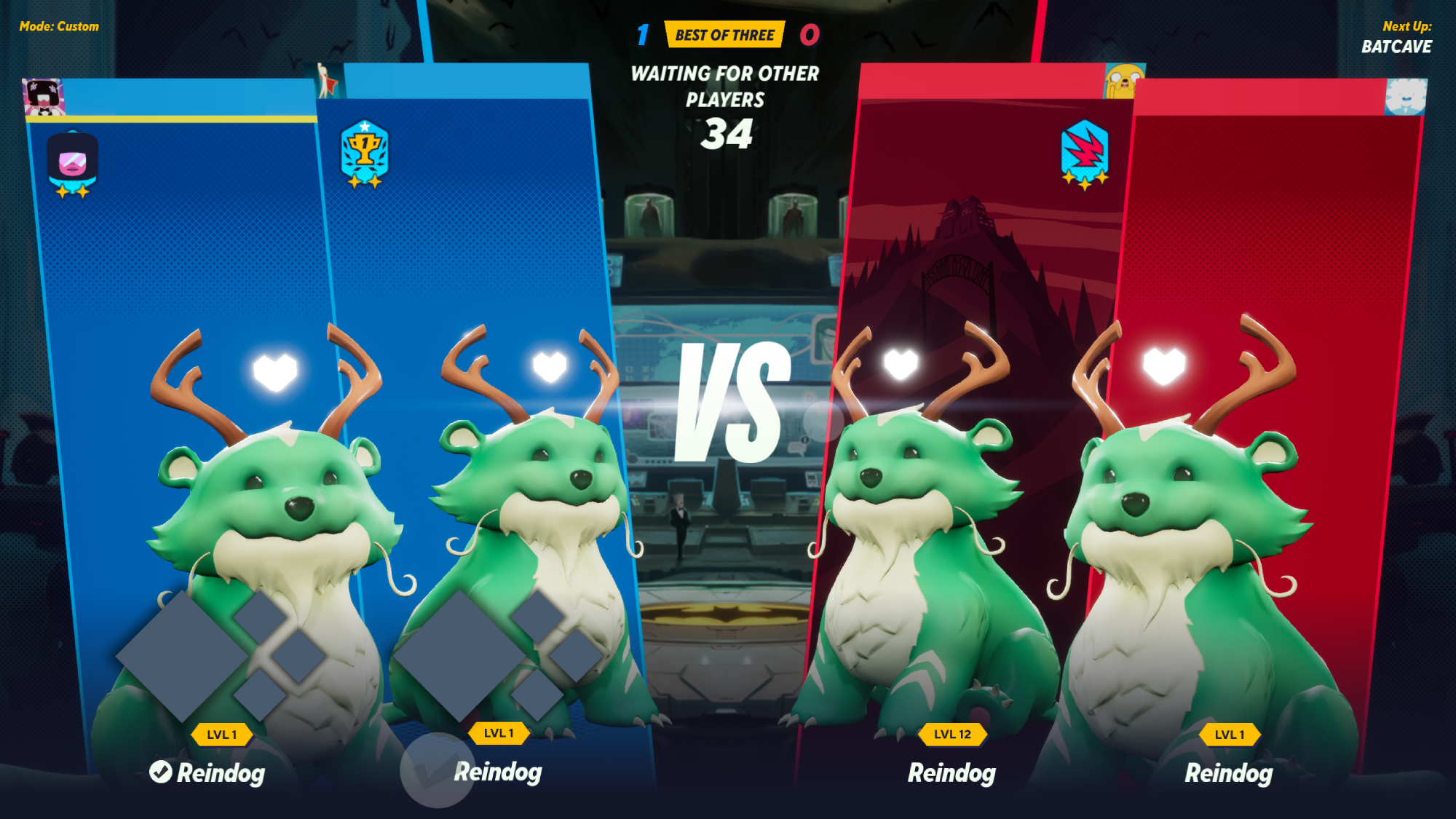
The most egregious aspect of custom games is that it doesn’t reward players. You get no gold and no experience, although you can complete some challenges that aren’t related to match victories. Sometimes you just want to battle friends, and receiving nothing for it is silly. You could argue that it’s to encourage matchmaking, but that’s not true either, because you can earn experience and complete challenges by fighting bots.
Gold is important for unlocking new characters, and experience is necessary to get cool perks that could change the tide of battle. Fighting friends through custom games and having a great time for hours is tons of fun, but it’s pretty frustrating that you get no rewards for the time you spend there. It’s even stranger since those custom game victories count towards your character-based win rate.
If this choice was made to balance out the economy, then that would suck. Prioritizing progression systems over encouraging your players to have fun isn’t a good way to design any brawler. This is easily my biggest issue with the game, and I desperately hope it gets fixed.
The instability of perks
MultiVersus features character-based perks that can offer slight buffs during battle. However, these are unlocked only by progressing through each fighter’s level trees. Combine this with my matchmaking troubles, and the earlier levels of any character are always played at a disadvantage.
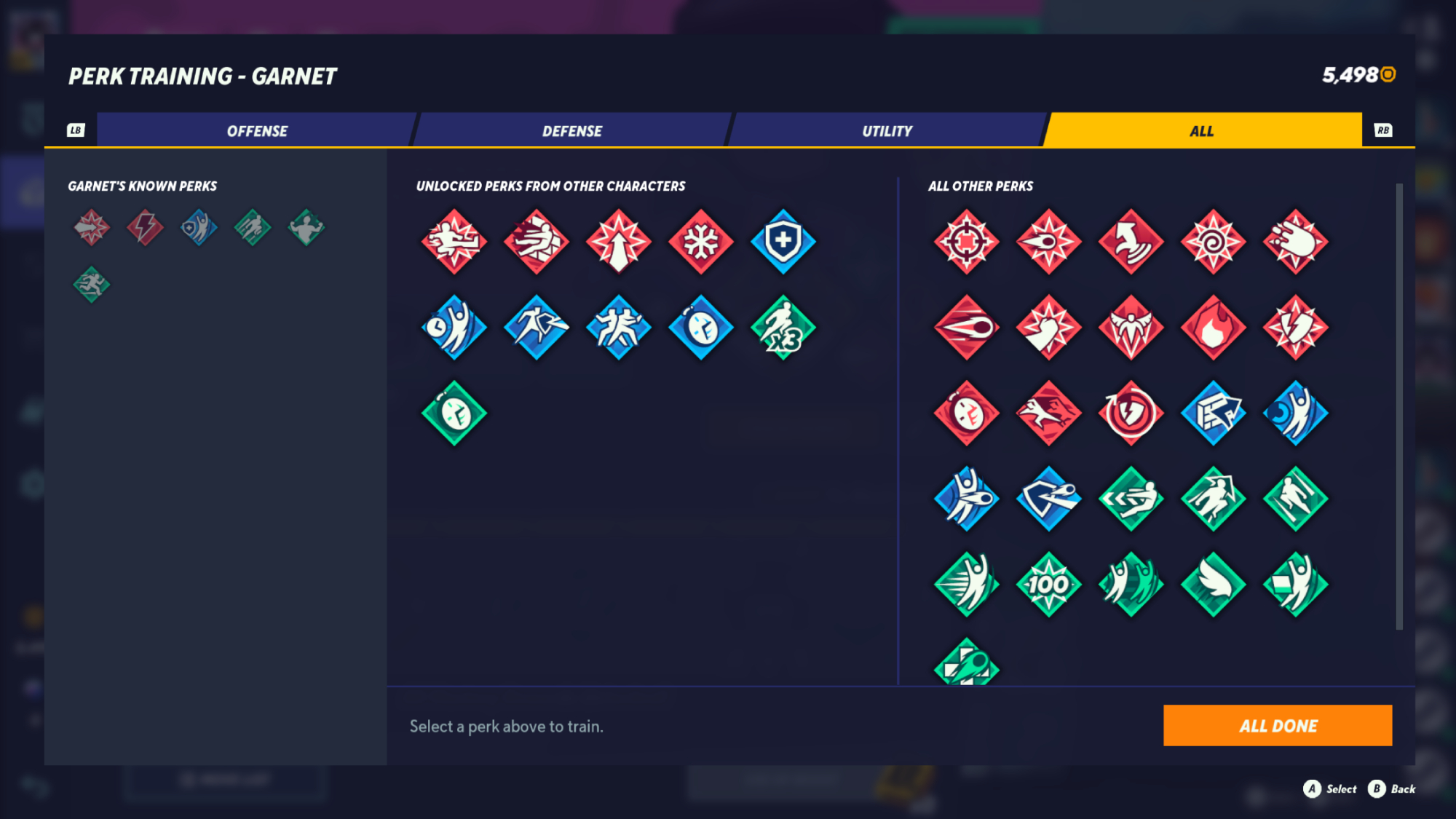
Perks can do little things like reducing damage taken by 4%, but when stacked properly, they can go as far as providing a triple jump. Signature Perks are more important and are unlocked at higher levels, fundamentally shifting the use of some abilities. For example, one can turn the end of Wonder Woman’s lasso into a knockback attack. I’ve used this to secure kills I wouldn't have achieved otherwise, so its inclusion is pretty important.
However, this makes the first eight levels of any character a drag. I enjoy the perks and the little differences they can make in a fight, but it always means you’re going to do worse when playing a new character. Having those perks is vital, and when you’re facing off against experienced players at your rank, it can be a bit of a mess to not have them. Not only do you have to learn a new character, but you’re also at an objective disadvantage in statistics.
Why do battle passes exist?
MultiVersus, like many free-to-play live service games available, features a battle pass. It’s a popular trend, one which I do not understand. Purchasing a limited time ticket that offers rewards which go away if I don’t continue to play the game seems bizarre. I’m purchasing nothing, and in order to get value out of the money I just spent, I need to play the game more.
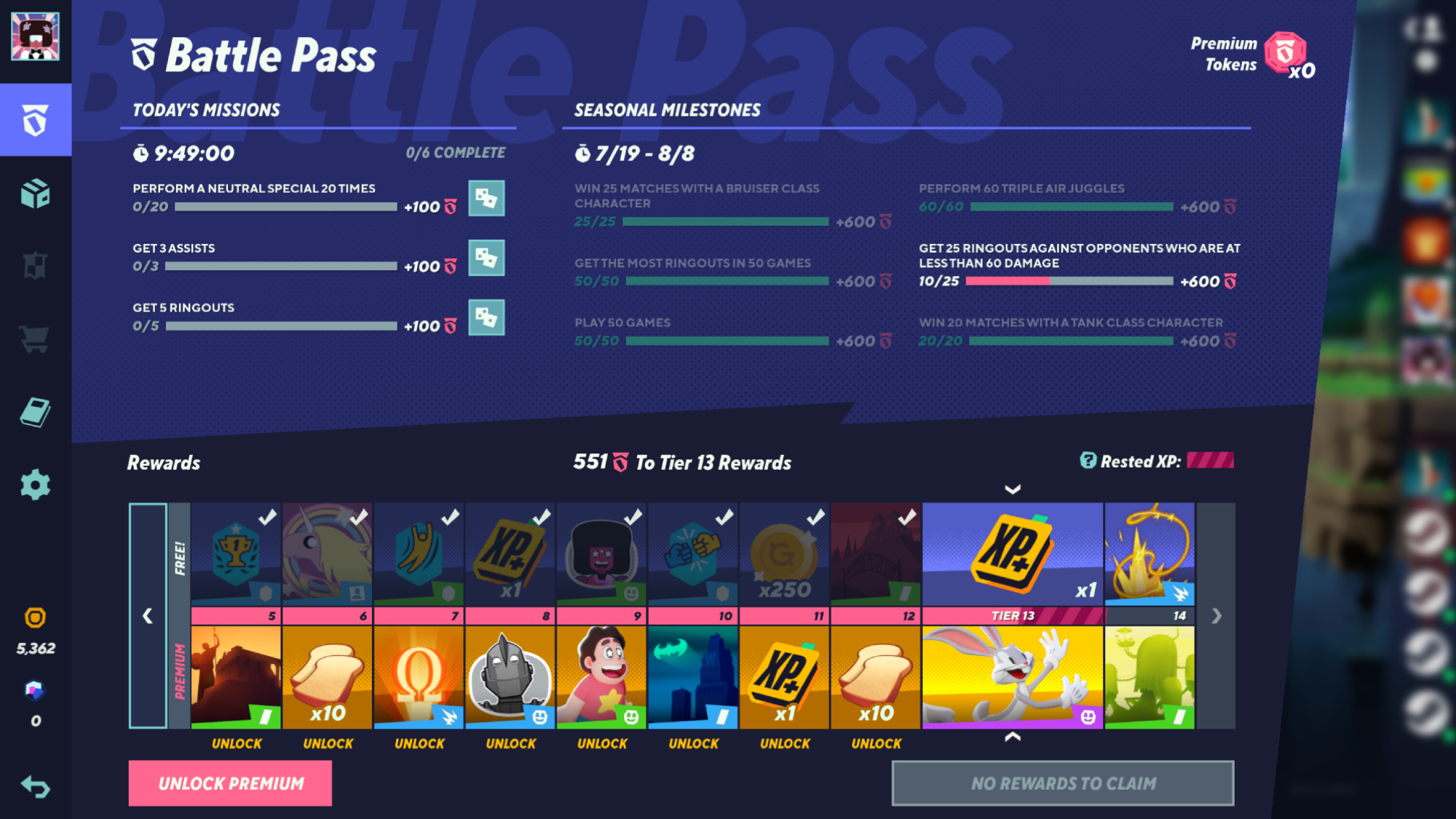
So not only is it premium content I’m paying for, but it’s premium content that I am beholden to. It’s a chore that I now need to progress through, and if I don’t, I just wasted my money. At the very least, it seems like MultiVersus’ battle pass does not offer extra experience for those who decide to pay money. Additional progression for buying the pass is a manipulative way to make players think, “I need to buy this pass NOW or else all the matches I play this season will have been for nothing.” You’re not losing anything for buying the battle pass once you already hit maximum level.
Unfortunately, you don’t get much battle pass experience outside of the dailies. It’s negligible regardless of how much you play in a day. The best way to progress through the battle pass is to do dailies, which essentially means you’re encouraged to trudge through them like chores rather than play the game for fun.
Beyond fundamentally disagreeing with the idea of a battle pass, MultiVersus' iteration of this system is poor. There are entire tiers that are completely empty, and players receive no premium currency for their progress in the battle pass. There's not enough here to justify it, and it doesn't help that the redundant Toasts system is taking up slots.
Bottom line
MultiVersus promises an exhilarating team-focused twist bolstered by charming presentation. It’s already the most promising Smash-inspired fighting game I’ve played, but it still has tons of issues that need to be ironed out in the future. These include hollow custom games, latency problems, questionable matchmaking, and a roster that needs more women.
I've now put over 50 hours into the game and I hope it’s enough of a success that we see frequent updates featuring more characters and stages from our favorite Warner Bros. properties. There’s potential here for this to be the next biggest fighting game since Super Smash Bros, and I can only hope Player First Game delivers.

Self-described art critic and unabashedly pretentious, Claire finds joy in impassioned ramblings about her closeness to video games. She has a bachelor’s degree in Journalism & Media Studies from Brooklyn College and five years of experience in entertainment journalism. Claire is a stalwart defender of the importance found in subjectivity and spends most days overwhelmed with excitement for the past, present and future of gaming. When she isn't writing or playing Dark Souls, she can be found eating chicken fettuccine alfredo and watching anime.
